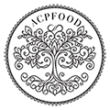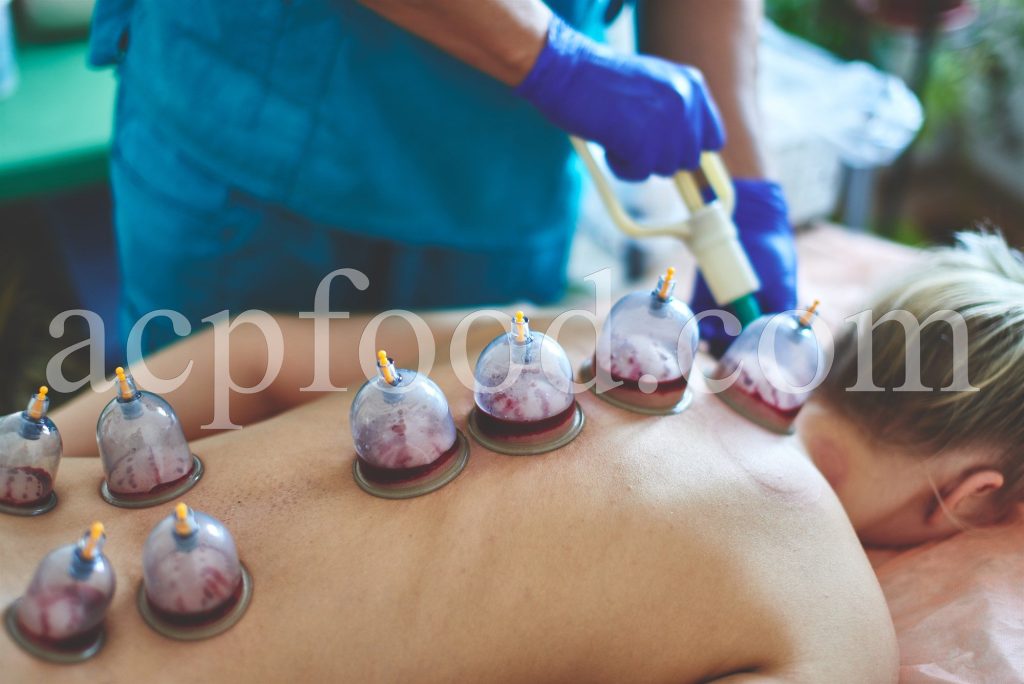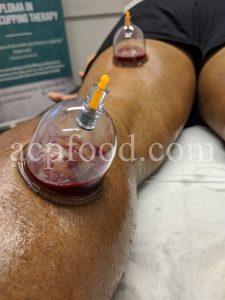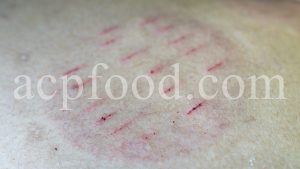Hijama is a kind of therapy which dates back to more than seven thousand years ago. An operation that seems to be simple and without the need for very complex tools, can be used in many unique cases in the treatment of many diseases that require years of research to investigate the causes. But very simply by dredging the body’s vessels and removing rotten substances and harmful sediments and burnt blood in the body, they can be prevented.
Doing Hijama in Different Countries
Hijama is taught in many countries around the world such as England, USA, Canada and etc. through institutions and people can do it in many clinics and use its benefits.
Patient’s Medical History Explanation To Hakim (Persian Traditional Medicine Doctor)
First of all, Hakim must pay attention to patient’s situation! For example, prevail of blood humor is one of the conditions that Hijama is recommended for.
In this regard, it is better to leave the diagnosis to a doctor or a person with information in traditional medicine and follow his/her advice!
If this therapy is useful for you, do it with the mentioned conditions! If you have been banned, maintain your health through methods such as diet, exercise and etc.
Different Kinds Of Hijamas
- Neck
- Back between shoulders
- Two veins of the neck
- Shoulder
- Calf
- Under the chin
- Lumbar vertebras
- On the thighs
- Below the knees
- Ankles
- Between the knees
- Heel of the foot
- Under the chest
precautions Before hijama
After doctor diagnoses you have the appropriate conditions for doing Hijama, here is what should be done before it:
- Hijama shouldn’t be done after bathing, unless one has blood concentration. Staying in bathroom full of hot water vapors cause the blood get diluted. Then after 1 hour resting you can do it.
- An empty stomach at the time of Hijama causes yellow bile to flow into stomach, causing weakness and biliary diseases. In addition, it removes most of the good humors instead of thick, filthy, and rotten humors.
- The stomach should not be too full and Wet Cup Therapy shouldn’t be done immediately after eating.
- 8 to 9 hours before it, avoid eating cold temperaments foods such as eggs, fish, liver, cheese (or dairy products) and fried foods.
- Avoid strenuous activities (such as mountain climbing, jogging, professional sports, etc.).
- You should sleep well before doing it.
- There should be at least 12 hours between sexual activities and Hijama.
- Do not wear an Agate stone accessories while doing wet Cup Therapy.
- Try not to be too hungry or thirsty and avoid fasting before that.
- Do not use antibiotics and anticoagulants before or after it.
- Be sure to eat nutritious food (especially breakfast) on the day has been set for it. Breakfast should contain honey, jam, or dates.
- A few days before wet Cup Therapy, use laxative foods such as Descurainia Sophia and hot water, plums, figs, olive oil, fresh seasonal fruits and vegetables, and soups.
- It should not be done five days before and after menstruation period and during pregnancy.
- If possible, do not smoke cigarettes, drink coffee or tea, fizzy drink, or chew gums from 12 hours before Hijama.
- Shave body hair, where you want to do it.
- Tell your doctor if donating blood for any reason is prohibited for you.
- Except in special cases, the best type of Hijama for the first section is general Hijama (between 2 shoulders), so do not insist on doing it in the area which has pain (since it relieves pain) and note that the purpose of Hijama is treatment, not relief pain.
- It is prohibited for people who has blood coagulation disorders.
2. It causes anesthesia, therefore makes it easier to tolerate scratches pain.
3. Inunction is a kind of sterilization of the cupping position and minimizes the possibility of infection.
3. By softening the skin, it makes it easier for the doctor to scratch the skin by scalpel blade.
It is better for dear doctors to talk to the patient a little before cupping so that cupping can be done in a suitable mental condition.
The best position for cupping is to sit cross-legged. All Hijamas (except in some cases, such as calves Hijama which should be done standing) should be performed in this way. Experience has shown that cross-legged sitting is the best position to maintain blood pressure and prevent hypotension.
Dressing The Hijama Area
The best dressing is with honey. Rub some honey on sterile gauze and put it on the wound and stick it to the body with an adhesive tape.
precautions after hijama
1. Do not smoke 24 hours after it.
2. Do not exercise and work hard for 24 hours after it.
3. Do not eat fish, salty foods, eggs, and dairy products for 24 hours after it.
4. In order to relieve scares and itching, soak the cotton in pasteurized milk for three consecutive nights before going to bed and apply it on the wounds (for 3 minutes) or poultice the wound with a layer of honey twice a day.
5. You can take a bath twelve hours after it (but wash the area only with water and do not use soap or shampoo).
6. During the first 6 hours after Wet Cupping, drink honey syrup (mix a spoonful of honey with a glass of lukewarm water), Sekanjebin and Medical Beer (non-alcohol beer) is appropriate. Also drinking Pomegranate juice and Fumaria Parviflora hydrosol is very useful after Hijama (for hot temperament people).
9. It is forbidden to have sexual activity up to 24 hours after Wet Cup Therapy.Those who suffer from hypotension, dizziness, and nausea in the first section of Hijama should know that it is much more necessary for them because they have blood circulation disorders, clogged arteries and blood concentration that will be treated through this therapy, and won’t have these problems on next sections.
10. Avoid overeating after it.
11. The amount of blood that comes out of the cupping depends on the temperament of the person, his/her physical condition, the season and even the day of cupping (based on lunar calendar). Taking more or less blood doesn’t have much effect on the patient’s treatment process. Blood taking should usually continue until the bleeding stops spontaneously or the color of the blood lightens.
People Who Shouldn’t Do Hijama
- People with severe Phlegm domination
- Infants up to 4 months
- Pregnant women
- Women during menstruation
- People with blood platelet deficiency
- People with high blood pressure
- Those who have transplant organ
- People with severe anemia
- People with severe fear and anxiety
- People with epilepsy and seizures
What Diseases Are Treated By Hijama?
- Hyperlipidemia
- Non-insulin dependent diabetes
- Muscle aches
- Neural headache and migraines
- Skin diseases
- Psoriasis
- Medication, food, or seasonal allergies
- Drug addiction
- Obstructive coronary heart disease
- Postmenopausal complications
- Menstrual cramps in women (Dysmenorrhea)
- Infectious, hormonal, and endocrine diseases
difference between dry cupping and wet cupping
In Dry Hijama (known as Dry Cupping), the glasses are held on the skin for 15 minutes, then will be removed and the process is done here. But in wet Hijama (Wet Cup Therapy), after 3 minutes, the glasses are removed from the skin and with the help of a scalpel blade, some small scratches are made on the skin and etc.
If you’d like to have information about our products and their benefits in Persian Traditional Medicine, please CLICK HERE.




